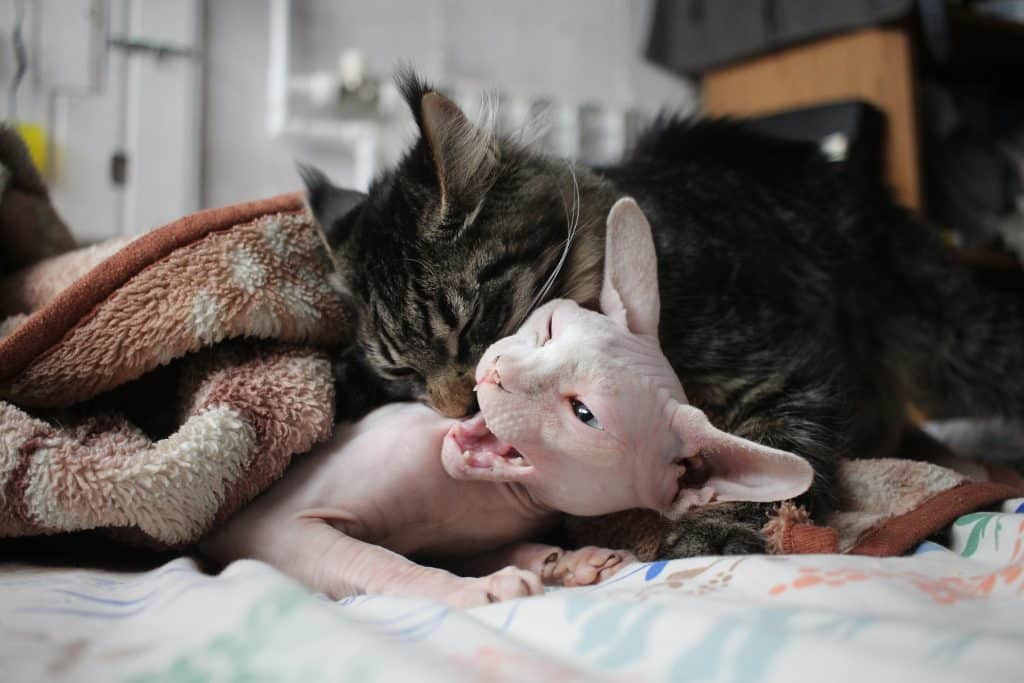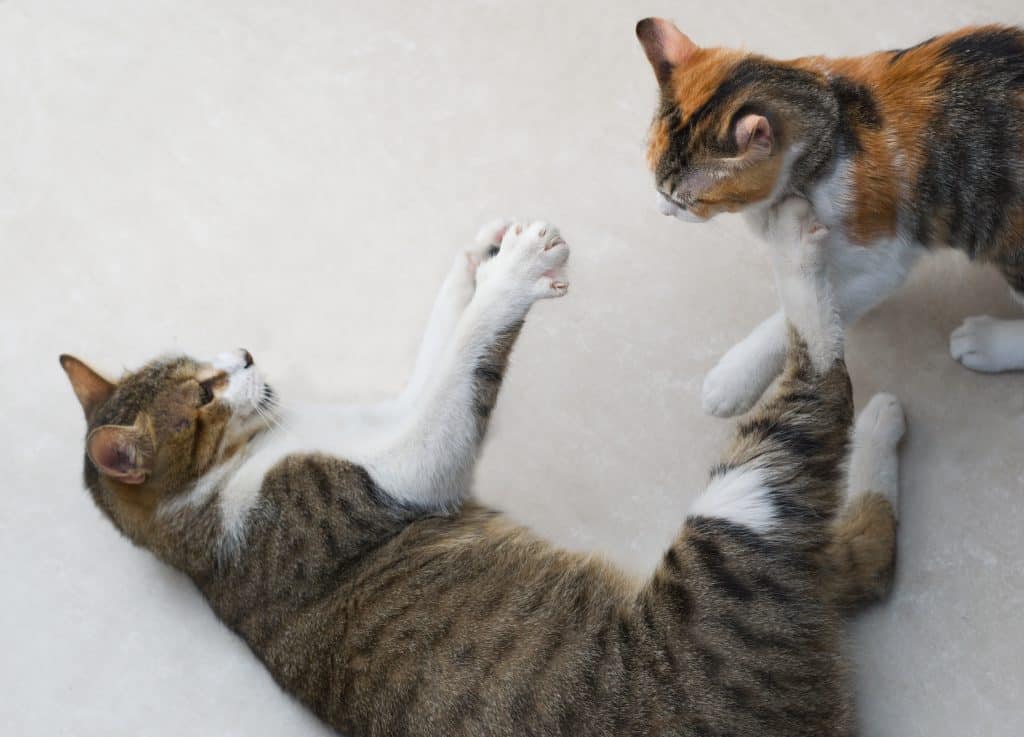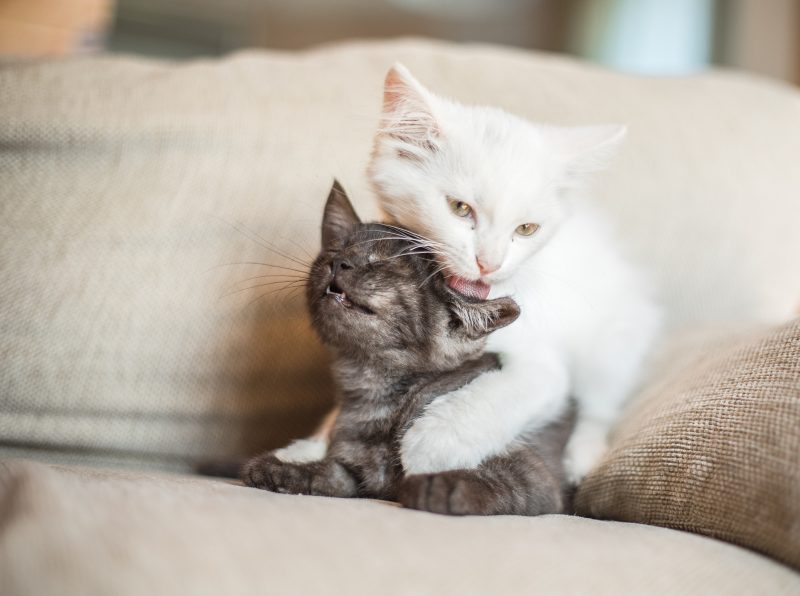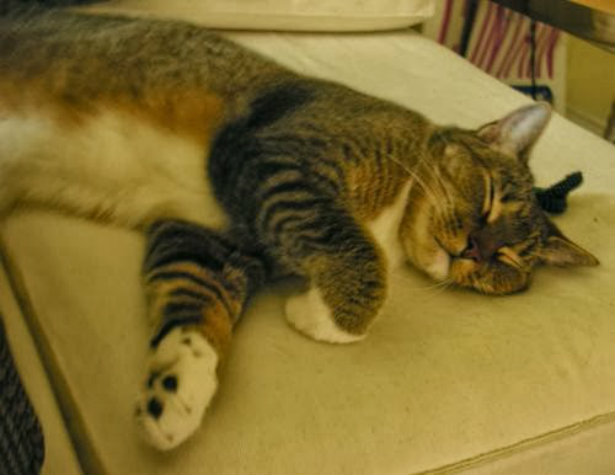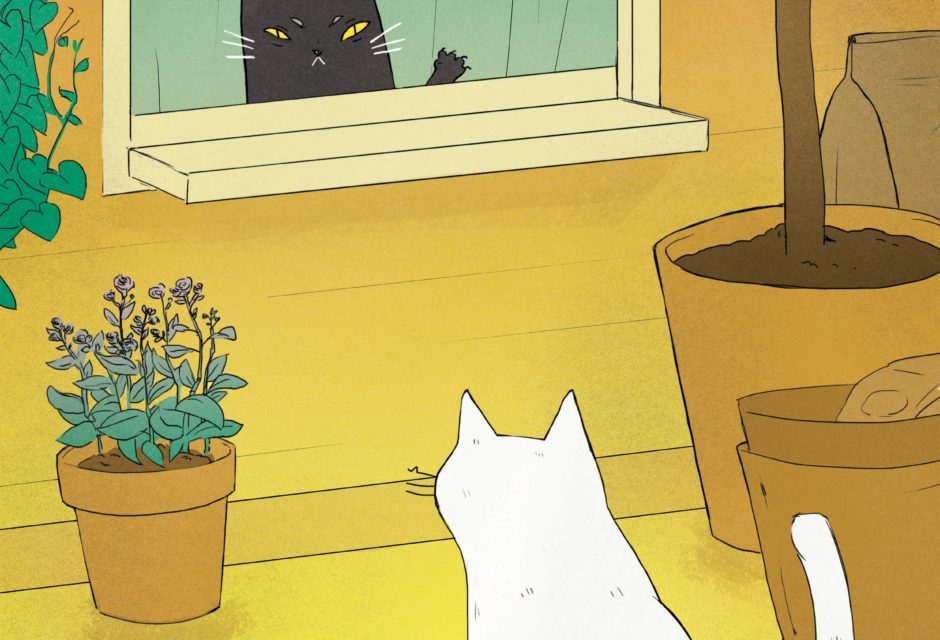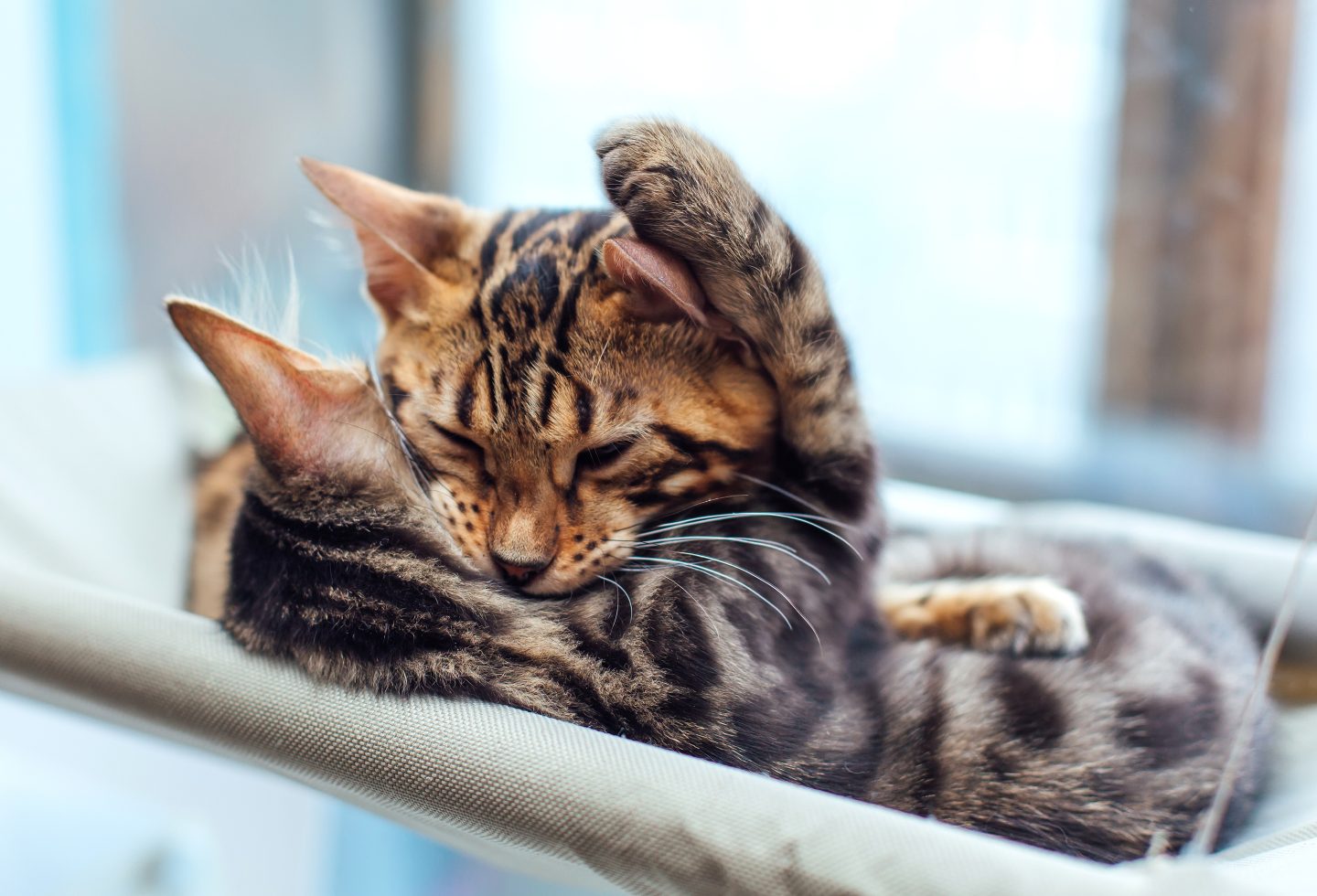
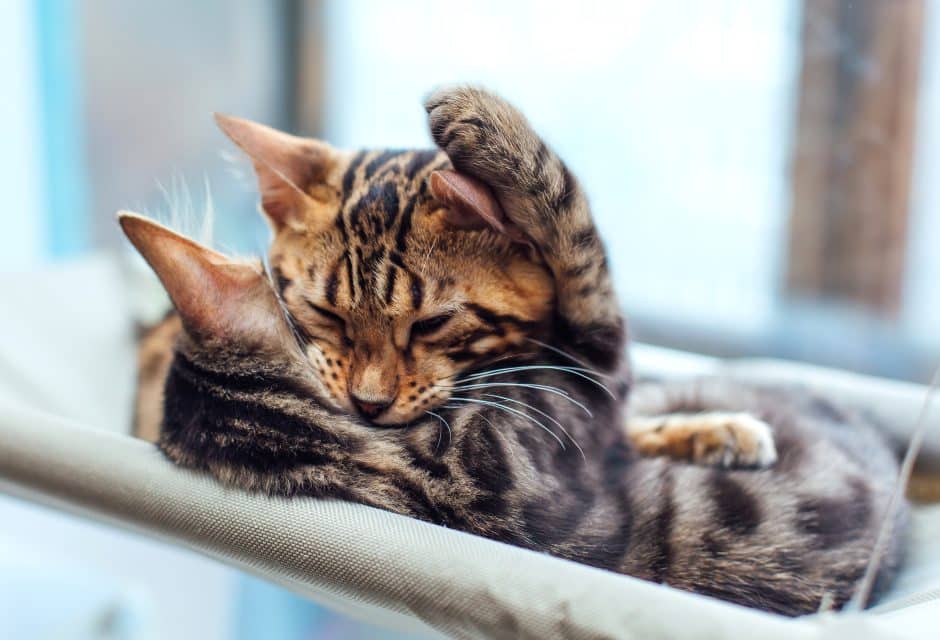
Are Your Cats Not Getting Along?
In some homes, the tension between cats not getting along is painfully obvious. They may engage in physical confrontations whenever they’re in the same room. In other households though, tension may stay under the radar with behavior being more of subtle intimidation. Although actual physical confrontations have more serious consequences in terms of injury, even covert aggression results in added stress.
While it’s certainly better to address the tension between cats as soon as possible, don’t feel discouraged if it has been years since your cats have gotten along. Things can still be done to hopefully get back on track. The first step though is to rule out any medical issues. A cat may be acting aggressively due to pain or other underlying medical problems.
In terms of your cats’ environment, look at where and when problems occur. Can issues be narrowed down to specific locations, times or events? If so, there are steps you can take to make those circumstances less of a trigger.
Mealtime
This is often when tension between cats escalates. Look at how the feeding station set-up and whether it puts cats in close proximity or encourages one cat to intimidate another. Each cat should have its own food bowl and the bowls should be far enough apart so one cat can’t push another cat away. Pay attention to how cats act during meals. Does one constantly look up at staring at another? Does a cat seem to be nervous during meals? You may have to be in the room during meals to ensure cats stay at their own bowls, or you may need to feed the cats in separate rooms. There has to be enough space between cats so everyone feels relaxed enough to eat. Very often, tension can be greatly reduced just by creating additional feeding stations.
The Litter Box
This is one area you may not realize can become a battle zone. One cat may guard the box and prevent another cat from entering the area. The litter box setup can also be an area where a cat can get ambushed while taking care of personal business. To reduce chances of confrontations, set up several boxes in various locations around the house. Ideally, there should be more litter boxes than the number of cats in the home. If boxes are covered, remove the lids to give cats more visual warning time to see any approaching opponent. Uncovered boxes also prevent a cat from becoming trapped in there if an ambush does occur. Place boxes in each cat’s preferred area to avoid a cat having to pass an opponent.
Vertical Territory
The more levels you have, the more space you give your cats. An assertive cat who can claim an elevated spot in the room may be satisfied enough that he won’t feel the need to display aggression toward a companion. A frightened cat may take an elevated location to feel protected from ambush. Vertical real estate in the form of cat trees, perches, or cat shelving increases the personal space for each cat and that can go a long way in reducing aggression.
The Ability to Hide and Chill Out
There are times when a cat needs to chill out and feel invisible. If he isn’t always in view of his opponent, it can help reduce tension. This is especially crucial if you live in a small environment where one cat doesn’t have the option to go off into another room. Provide places such as cave-style beds or A-frame beds where each cat can relax and disappear from everything. Even boxes placed on their sides will work. Line the boxes with towels for comfort and that may be enough to offer adequate security. A covered bed or box not only helps a cat feel invisible, it provides extra security because he knows no one can ambush him from behind.
Use Bribery
Give the cats a reason to like each other. Keep treats with you and offer one to each cat whenever they’re in the presence of each other. If one cat walks by another cat and no hissing, growling or swatting takes place, reward that with a treat. Help the cats realize that being in the same room together has advantages.
Diffuse Tension Through Playtime
You may be playing with your cats already but if you’re using one toy and asking them to be together, there might be more intimidation going on than actual playtime. Do individual interactive play sessions with a fishing pole-type toy to help each cat work off stress and regain some confidence. A rewarding play session can leave a cat in a much better mood. Work up to doing group play sessions but always use more than one toy. If you live alone, have a toy in each hand so the cats don’t have to compete. If there’s another family member around, enlist their help for group play sessions.
Step in Before Aggression Escalates
If you see tension mounting and you know one cat is about to get attacked, be ready to act before it happens but do it in a positive way. Carry some extra toys such as fuzzy mice, ping pong balls or crinkly balls in your pocket or in a trainer’s bag on your waistband and when you see one cat giving another cat the stink eye, distract that cat by tossing a toy in the opposite direction. This will often cause the aggressor to shift his focus to the more interesting sight/sound and the unexpected opportunity to go after prey.
Reintroductions
If the cats simply can’t be together in the same room without fighting no matter what you’ve tried, then it’s time for a reintroduction. Separate the cats and gradually reintroduce them as if they’ve never met. The key to success is to keep sessions short and positive. Once again, it comes down to giving the cats a reason to like each other.
Professional Help for Your Cats Not Getting Along
Finally, if you feel completely at a loss, talk to your veterinarian about a referral to a certified behavior expert. A qualified expert can provide a customized behavior plan as well as ongoing support.
Pam Johnson-Bennett
Certified Cat Behavior Consultant & Best-Selling Author
Join the newsletter and never miss out on cat content again!
"*" indicates required fields
By clicking the arrow, you agree to our web Terms of Use and Privacy & Cookie Policy. Easy unsubscribe links are provided in every email.





